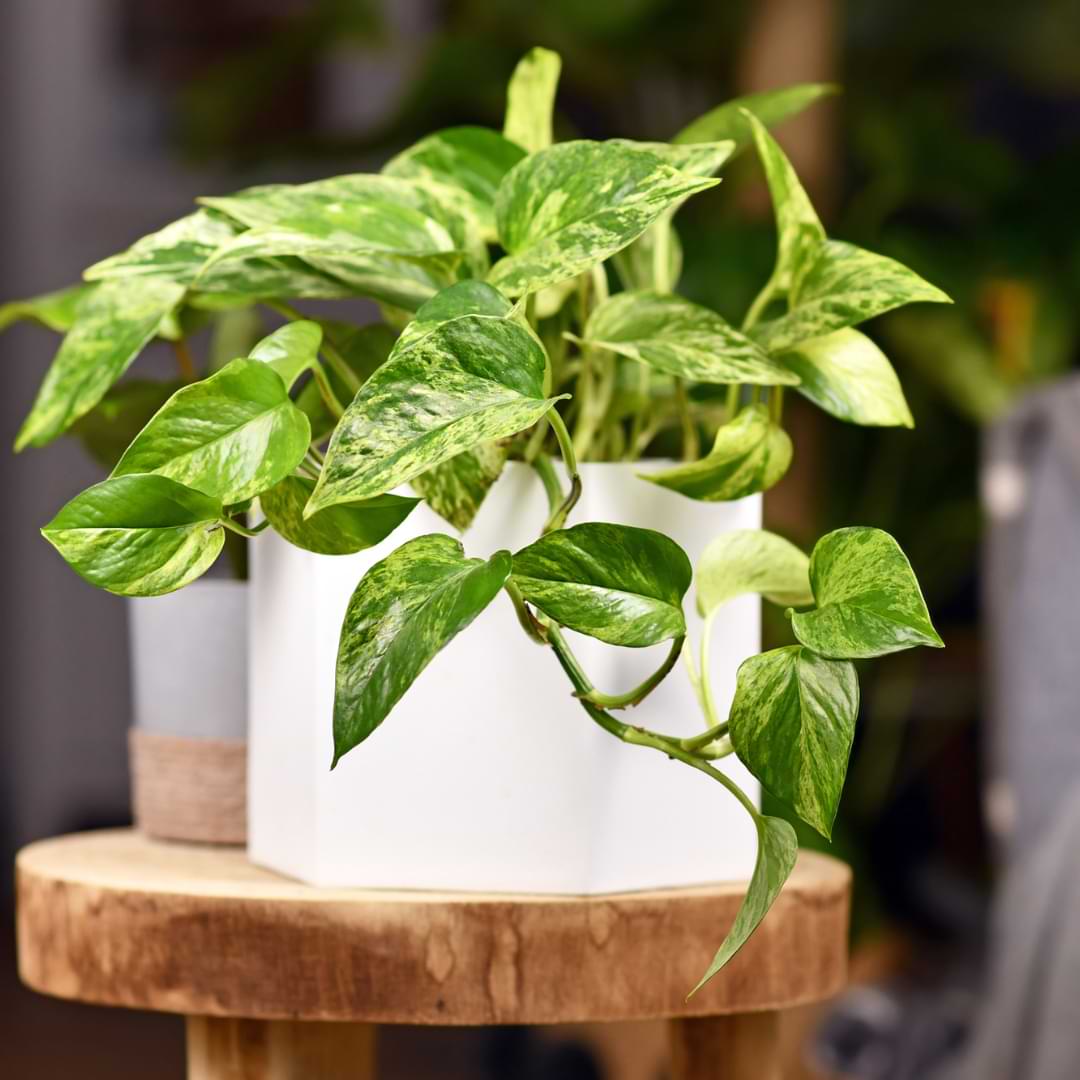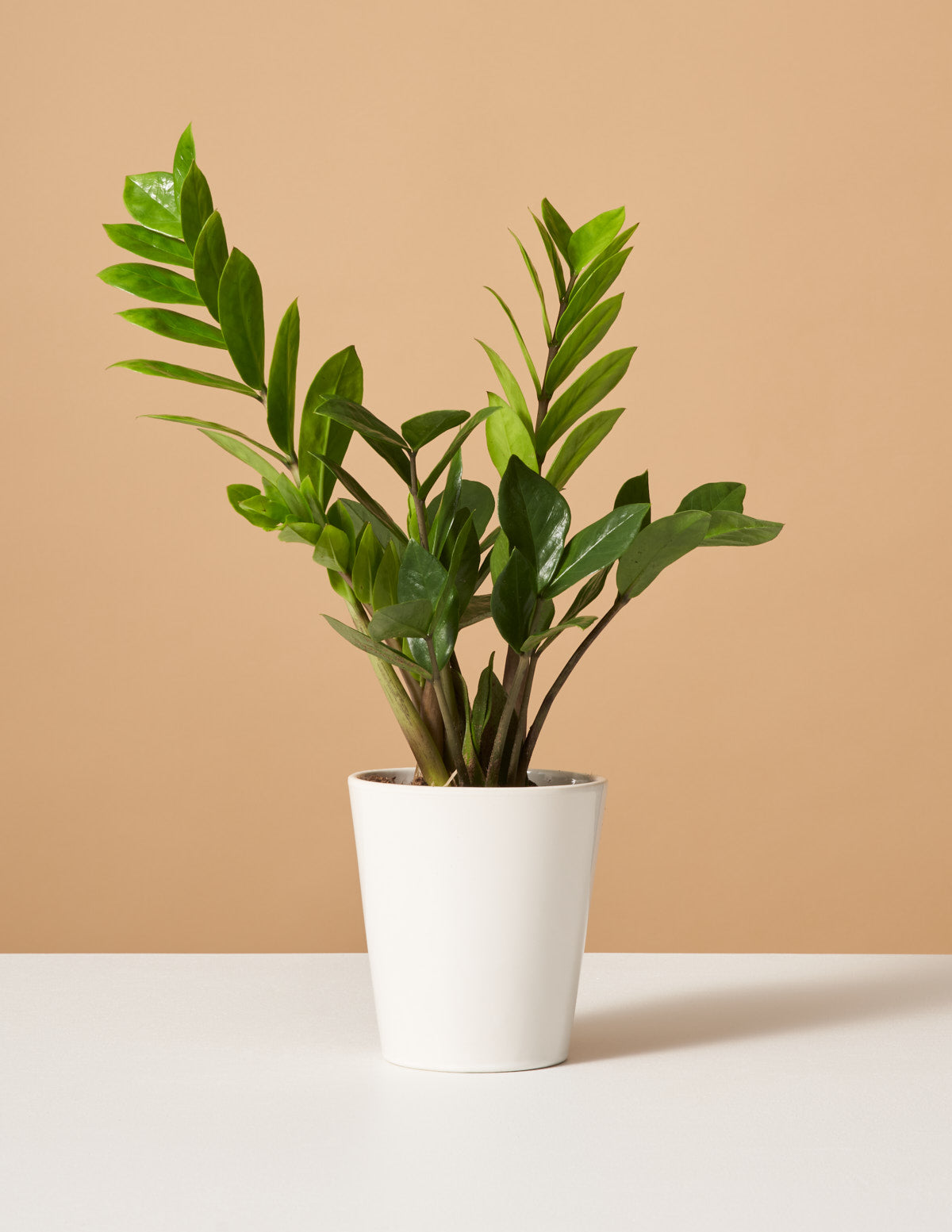The Secret To Growing A Healthy Garden: Companion Planting
The Secret to Growing a Healthy Garden: Companion Planting
Companion planting is an ancient gardening practice that has been used for centuries to improve the growth, health, and productivity of crops. By planting certain plants together, gardeners can create a mutually beneficial relationship that can help to deter pests, attract beneficial insects, and improve soil health.
How does companion planting work?
There are a few different ways that companion planting works. One way is through the release of chemicals by certain plants. For example, marigolds release a chemical that repels nematodes, which are a type of soil-dwelling pest that can damage roots. Another way that companion planting works is through attracting beneficial insects. For example, yarrow attracts ladybugs, which are a natural predator of aphids.
What are some of the benefits of companion planting?
There are many benefits to companion planting, including:
- Improved crop growth and productivity: Companion planting can help to improve the growth and productivity of crops by providing them with nutrients, shade, or support. For example, beans fix nitrogen in the soil, which can benefit other plants that need nitrogen.
- Reduced pest and disease pressure: Companion planting can help to reduce pest and disease pressure by attracting beneficial insects, deterring pests, and breaking the insect lifecycle. For example, planting marigolds near tomatoes can help to repel nematodes, which can damage tomato roots.
- Improved soil health: Companion planting can help to improve soil health by providing organic matter, increasing biodiversity, and reducing the need for chemical fertilizers. For example, planting legumes, such as peas or beans, can help to improve soil nitrogen levels.
What are some of the most common companion plants?
There are many different companion plants, but some of the most common include:
- Beans and corn: Beans fix nitrogen in the soil, which benefits corn. Corn provides shade for beans, which helps to protect them from pests.
- Carrots and onions: Carrots and onions repel each other's pests, so planting them together can help to reduce pest pressure.
- Lettuce and tomatoes: Lettuce provides shade for tomatoes, which helps to protect them from the sun. Tomatoes attract beneficial insects, which help to control pests that damage lettuce.
- Marigolds and tomatoes: Marigolds repel nematodes, which can damage tomato roots.
- Peas and beans: Peas and beans fix nitrogen in the soil, which benefits each other.
How do I choose companion plants?
There are a few things to keep in mind when choosing companion plants:
- Consider the needs of your plants: Some plants have different needs, such as sun exposure, water requirements, and soil type. Make sure to choose companion plants that have similar needs.
- Consider the pests and diseases in your area: Some plants attract or repel certain pests or diseases. Choose companion plants that will help to control the pests and diseases that are common in your area.
- Experiment: There is no one-size-fits-all approach to companion planting. Experiment with different combinations of plants to see what works best in your garden.
Conclusion
Companion planting is a simple and effective way to improve the health and productivity of your garden. By planting certain plants together, you can create a mutually beneficial relationship that can help to deter pests, attract beneficial insects, and improve soil health.
If you are new to companion planting, start by learning about the most common companion plants and the benefits they offer. Then, experiment with different combinations of plants to see what works best in your garden. With a little trial and error, you will soon be able to create a thriving garden that is full of healthy, productive plants.
Are you looking to create a beautiful and harmonious garden? If so, you'll want to consider planting complementary plants together. Complementary plants are those that enhance each other's beauty and growth. For example, you might plant tall sunflowers with shorter marigolds to create a striking contrast in height and color. Or, you might plant basil near tomatoes to help deter pests.
There are many resources available to help you learn more about complementary plants. One great resource is Gardenia Inspiration. This website provides a comprehensive list of complementary plants, as well as information on how to plant and care for them.
So what are you waiting for? Visit Gardenia Inspiration today and start planning your beautiful, harmonious garden!
FAQ of complimentary plants
Question 1: What are complimentary plants?
Answer: Complimentary plants are those that are well-suited to grow together. They may have similar light and water requirements, or they may complement each other's colors or textures. When choosing complimentary plants, it is important to consider the overall look and feel you want to achieve in your space.
Question 2: How do I choose complimentary plants?
Answer: There are a few factors to consider when choosing complimentary plants. First, you need to consider the light and water requirements of the plants you are considering. Plants that have similar light and water requirements will be more likely to thrive together. Second, you need to consider the colors and textures of the plants. Plants with complementary colors or textures will create a more visually appealing arrangement. Finally, you need to consider the size of the plants. Plants that are similar in size will create a more balanced arrangement.
Question 3: What are some examples of complimentary plants?
Answer: Here are some examples of complimentary plants:
- Pothos and philodendron: These two plants are both relatively easy to care for and have similar light and water requirements. They also come in a variety of colors, so you can choose the ones that best complement your décor.

- Snake plant and ZZ plant: These two plants are both drought-tolerant and can thrive in low-light conditions. They are also very low-maintenance, making them a good choice for busy people or those who are new to gardening.

- Spider plant and peace lily: These two plants are both known for their air-purifying abilities. They also have different leaf shapes and colors, which can create a visually interesting arrangement.

Question 4: Where can I buy complimentary plants?
Answer: You can buy complimentary plants at most garden centers or online retailers. When buying plants, it is important to choose plants that are healthy and free of pests or diseases. You should also choose plants that are the right size for your space.
Question 5: How do I care for complimentary plants?
Answer: The care requirements for complimentary plants will vary depending on the specific plants you choose. However, there are some general tips that can help you care for your plants. First, make sure to give your plants the right amount of light and water. Second, fertilize your plants regularly. Third, check your plants for pests or diseases and treat them as needed.
Image of complimentary plants
- Marigolds and tomatoes: Marigolds help to repel pests from tomatoes, such as aphids, whiteflies, and nematodes. They also attract beneficial insects, such as ladybugs and lacewings, which help to control pests.

- Basil and tomatoes: Basil helps to improve the flavor of tomatoes, and it also helps to deter pests.

- Cucumbers and nasturtiums: Nasturtiums help to attract beneficial insects, such as ladybugs and lacewings, which help to control pests that can harm cucumbers. They also help to suppress the growth of weeds.

- Beans and corn: Beans fix nitrogen in the soil, which benefits corn. Corn provides shade for beans, which helps to protect them from the hot sun.

- Potatoes and onions: Potatoes and onions repel each other's pests, so they can be planted together to help control pests.

Post a Comment for "The Secret To Growing A Healthy Garden: Companion Planting"